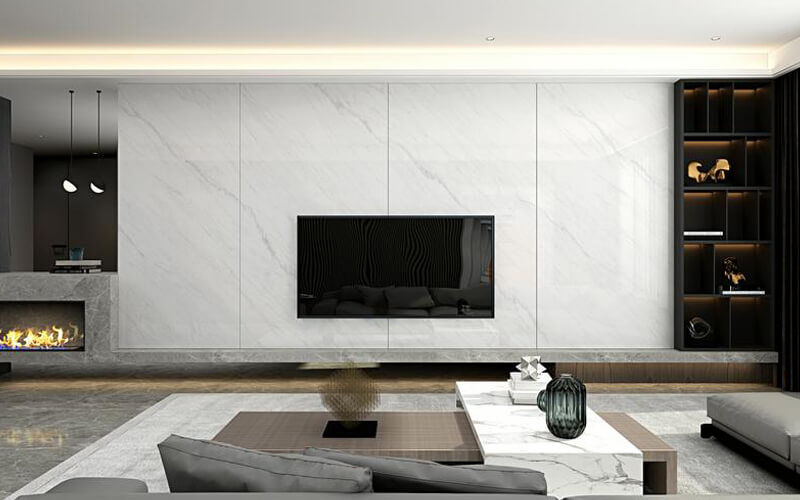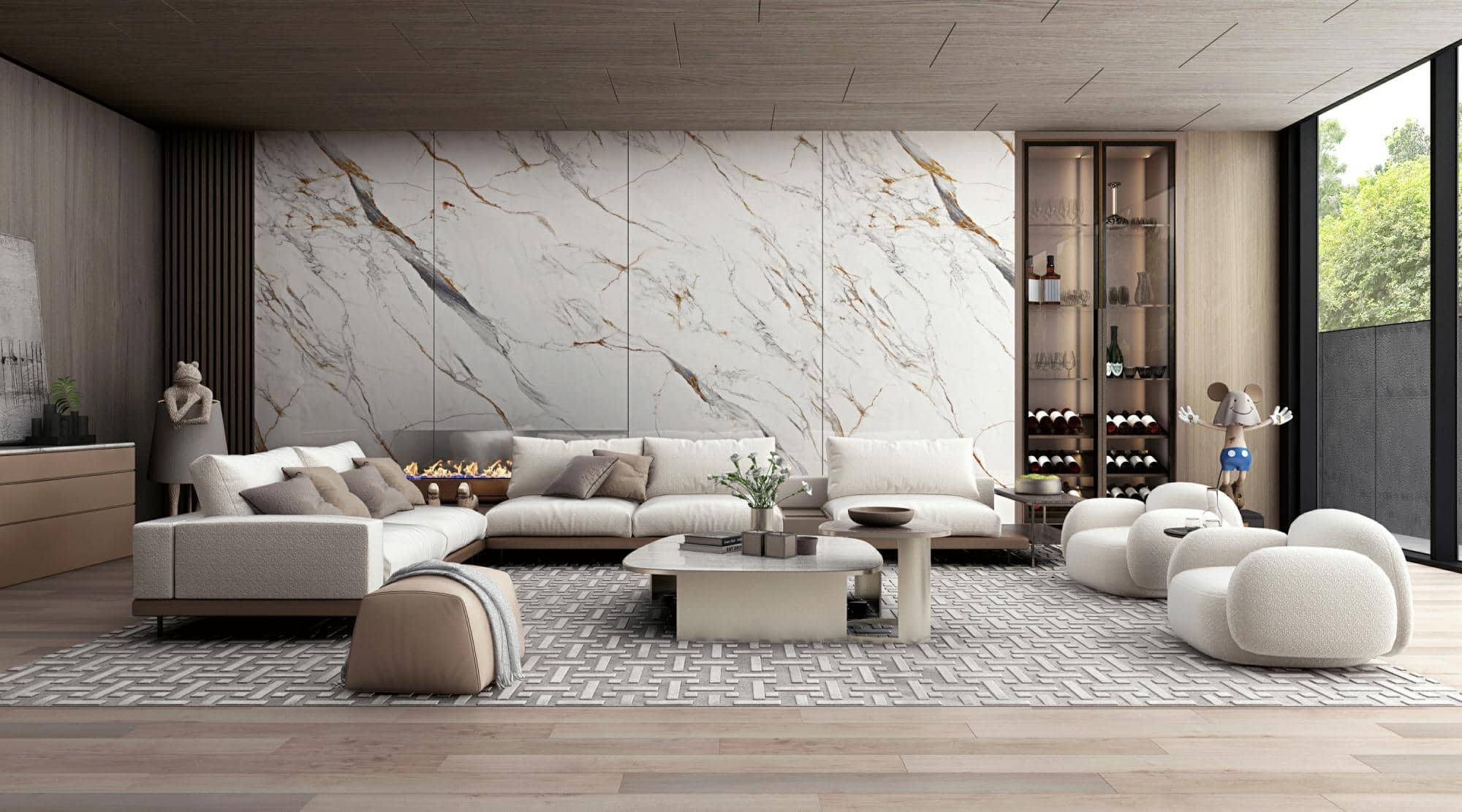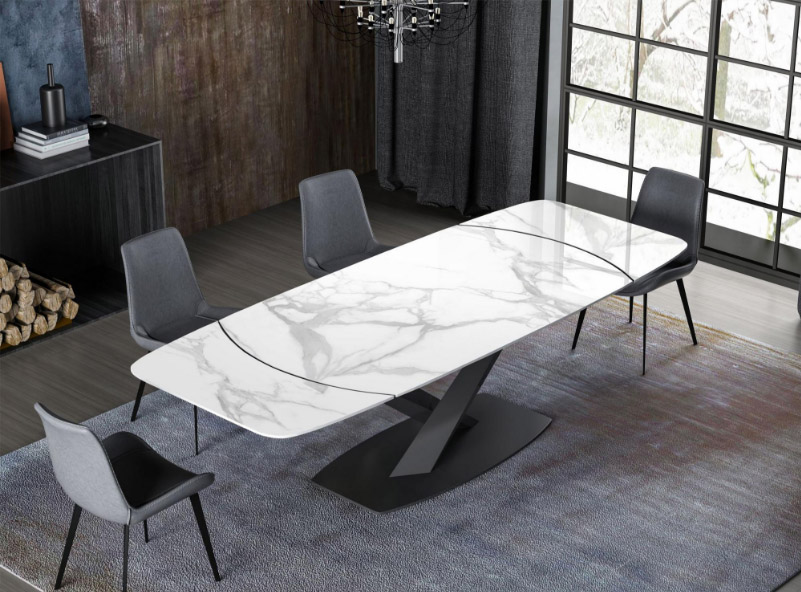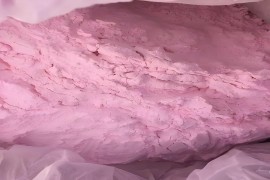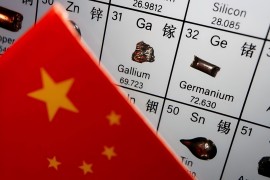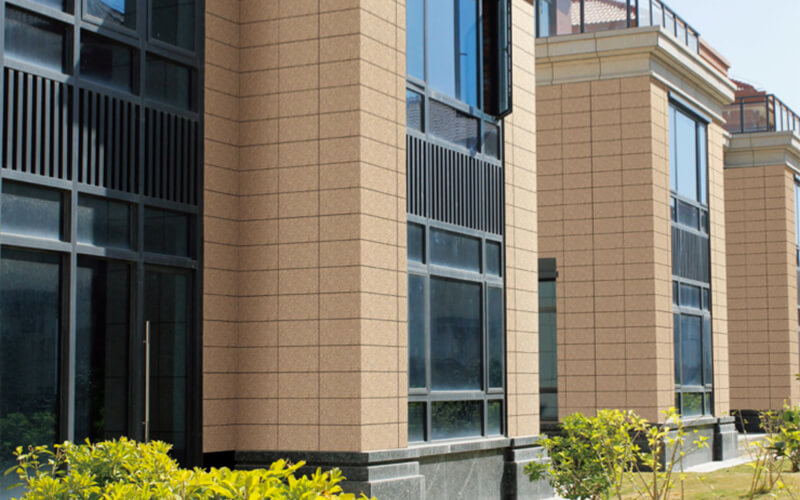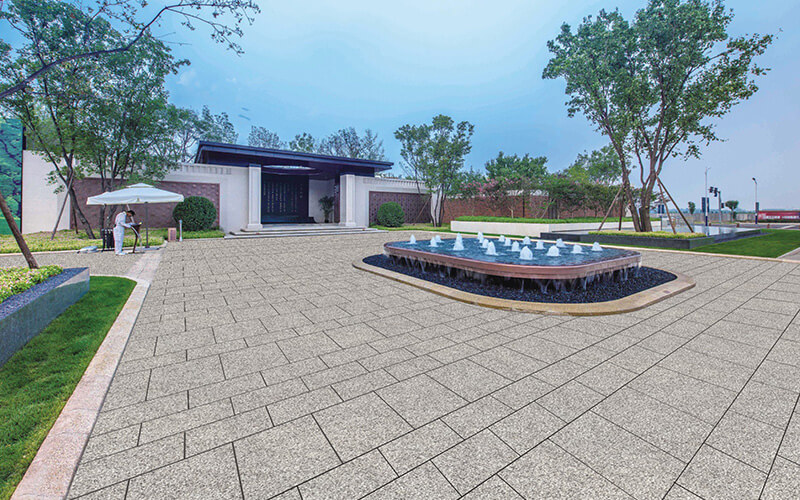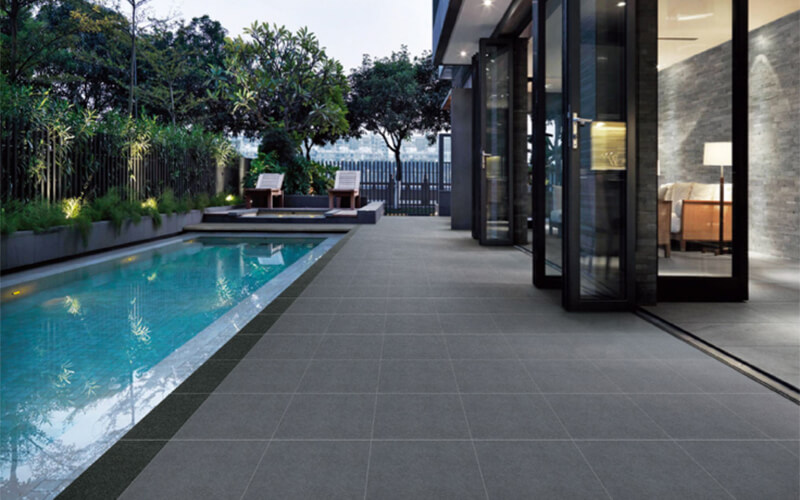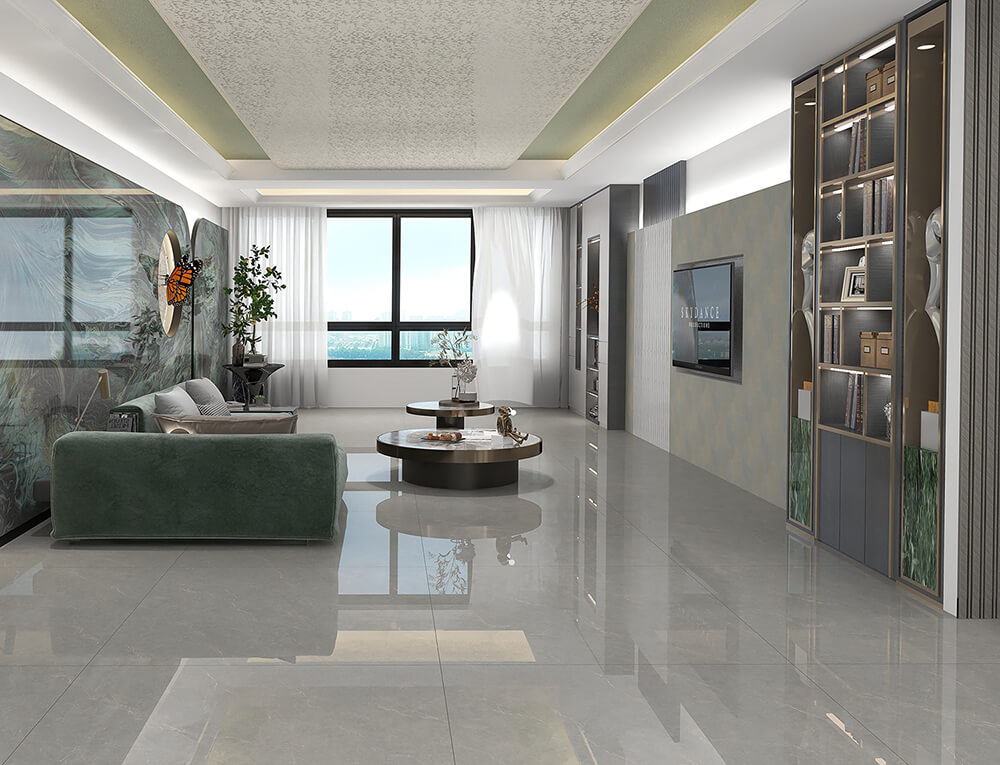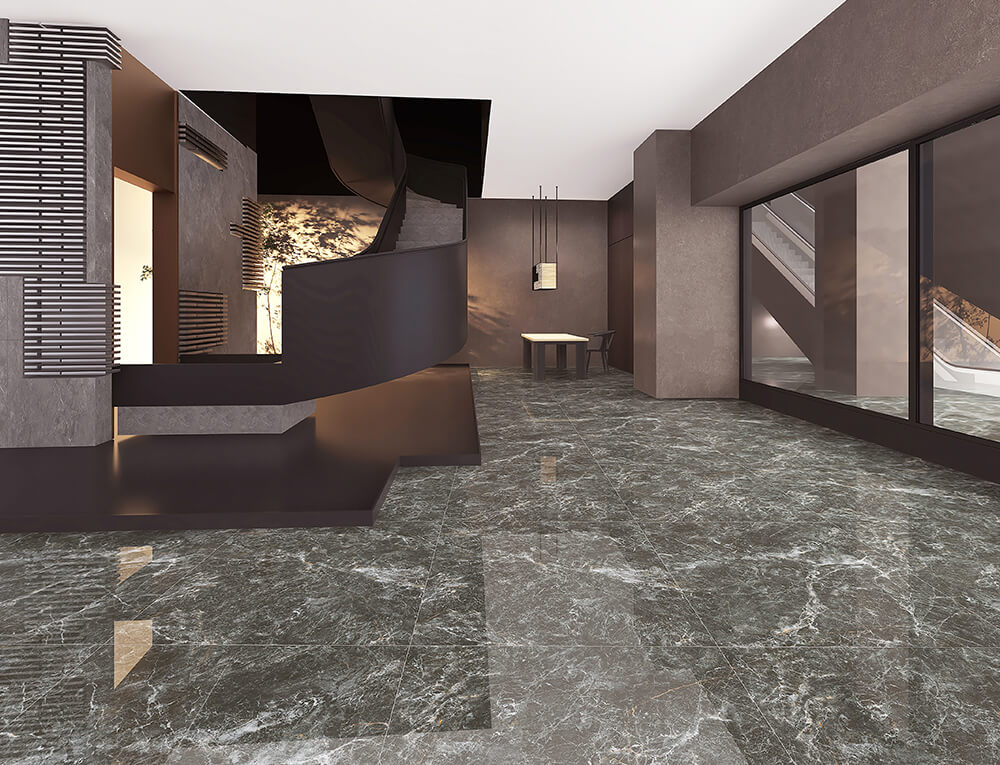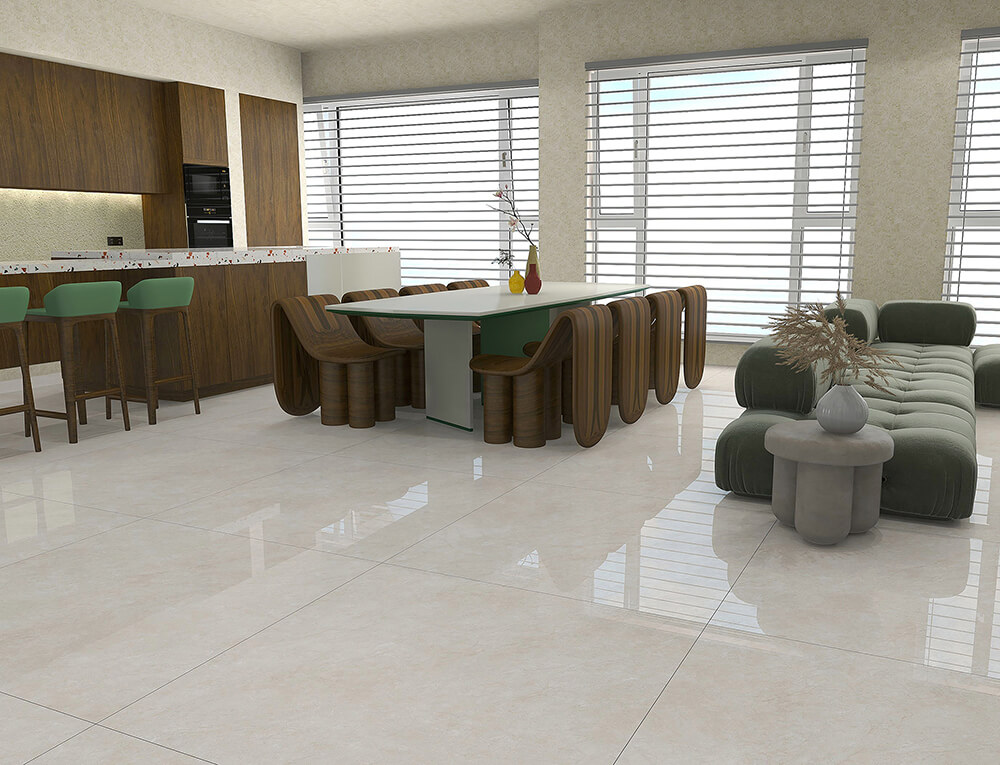Advancing Grinding Efficiency Unleashing the Power of Yttrium Stabilized Zirconia Grinding Beads
When it comes to grinding media, one name stands out for its exceptional performance and superior quality: Yttrium Stabilized Zirconia Grinding Beads. Designed specifically for grinding Zirconium Salt Compounds and beloved by Hot Products enthusiasts, these grinding beads are truly in a league of their own.
Unleashing the Pinnacle of Efficiency
Yttrium Stabilized Zirconia (YSZ) Grinding Beads are revolutionizing the world of grinding media. These beads are characterized by their remarkable hardness, exceptional wear resistance, and unparalleled grinding efficiency. Thanks to their unique composition, YSZ beads offer several distinct advantages over traditional grinding media options such as glass beads and alumina balls.
The superior hardness of YSZ beads allows them to withstand high impact and achieve maximum abrasion resistance. This translates into extended bead life, reducing the frequency of bead replacement and minimizing downtime. With YSZ beads, you can grind for longer periods without compromising on performance or quality.
Precision and Consistency
Consistency is key in grinding processes, and YSZ grinding beads excel in this aspect. The precise size distribution and smooth surface of these beads ensure a uniform and predictable grinding experience. This enables you to achieve precise particle size reduction and obtain the desired product characteristics consistently.
Moreover, YSZ beads exhibit low mill wear, resulting in minimal contamination of the grinding product. This is particularly crucial when grinding zirconium salt compounds, as any contamination can adversely affect the overall quality and purity of the final product. YSZ beads provide peace of mind by delivering exceptional purity, ensuring your final product remains uncontaminated and of the highest standard.
Versatility across Industries
The versatility of YSZ grinding beads knows no bounds. Their exceptional performance has made them a go-to choice in various industries, including ceramics, paints, pigments, minerals, and pharmaceuticals. Whether you’re grinding raw materials for ceramic production or fine-tuning pharmaceutical compounds, YSZ beads offer optimal results across diverse applications.
Furthermore, YSZ beads are compatible with a wide range of milling equipment, making their integration into existing processes seamless. Available in different sizes and shapes, these beads can be customized to suit your specific grinding requirements.
Embracing Efficiency and Sustainability
In today’s world, efficiency and sustainability go hand in hand. YSZ grinding beads embody this ethos by minimizing waste and energy consumption during the grinding process. Their outstanding wear resistance reduces the need for frequent replacements, resulting in less material waste. Additionally, the exceptional grinding efficiency ensures optimal use of energy resources, leading to cost savings while reducing environmental impact.
Embrace the Power of YSZ Grinding Beads
In conclusion, if you’re seeking superior grinding media for zirconium salt compounds or hot products, look no further than Yttrium Stabilized Zirconia Grinding Beads. The unbeatable combination of hardness, wear resistance, precision, and versatility sets YSZ beads apart. Embrace the power of YSZ beads and unlock a new level of grinding efficiency, consistency, and sustainability in your operations. Experience firsthand how YSZ grinding beads can revolutionize your grinding processes and elevate your results to unprecedented heights.
